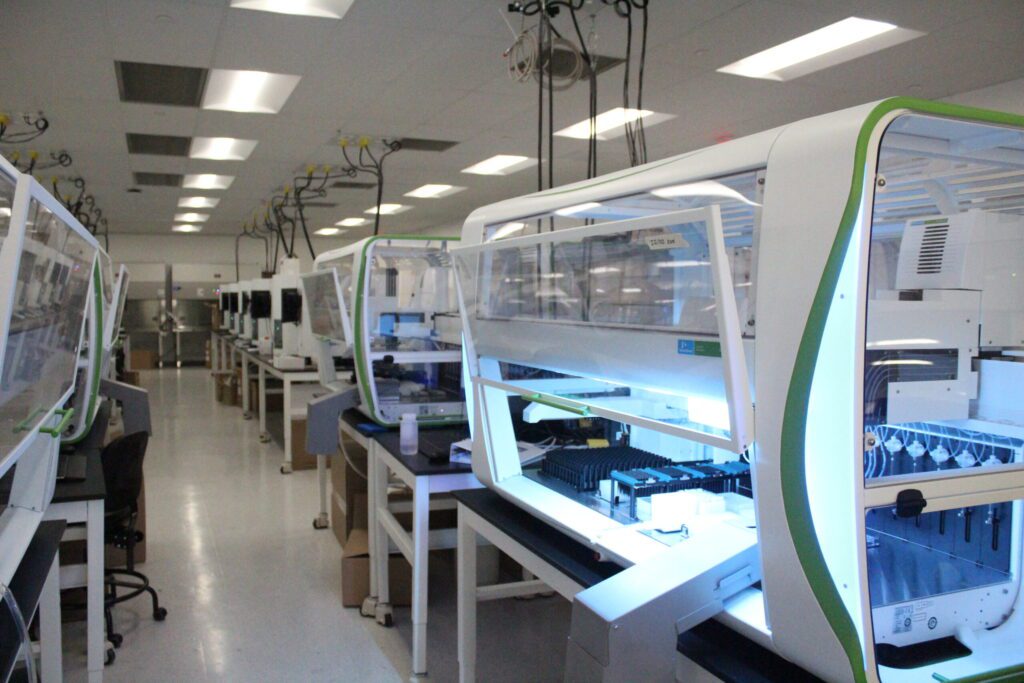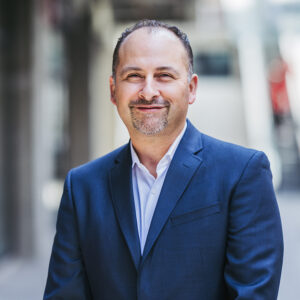The pandemic exposed a lot about our health infrastructure and our personal preparedness. There were a lot of questions at the onset of the pandemic: What’s a lockdown? Will I run out of wine? Can I see my doctor? How much toilet paper do I need? We no longer take any of these things for granted. Overnight, there was a new batch of household names: Dr. Jerome Adams, former United States Surgeon General; for those of us in Los Angeles, Dr. Barbara Ferrer, Director of the Los Angeles County Department of Public Health; and of course, rock star Dr. Anthony Fauci, Director of the National Institute of Allergy and Infectious Diseases. We consumed countless press conferences, where these figures and political leaders voiced the importance and availability of testing and the speed of results. While the medical community had developed tests for the novel virus, access to and processing of those vital instruments to combat the spread of the disease was limited. In an effort to respond quickly and effectively to the community’s needs, several county, city, and private providers undertook large remodeling projects within existing buildings to increase capacity driven by the enormous demand COVID-19 created. One major project for the State of California – Department of General Services (DGS) called for a centralized lab, capable of processing up to 150,000 tests daily in Valencia, CA. The new program included lab areas, lockers and showers, receiving areas, a sample warehouse, analysis rooms and a breakroom for the hard-working laboratory staff.
The original building was a mostly open one-story space plus a mezzanine. The exterior wall construction consisted primarily of precast concrete tilt-up panels with a plywood roof diaphragm supported by wood joists which spanned to open-web steel joists and girders. The building topped out at 30’ tall and the first floor was approximately 114,000 SF, while the mezzanine added another 33,000 SF to the usable square footage. There were significant MEP upgrades to accommodate the demands of the new laboratory program and necessary improvements to keep testers safe while handling samples and working in an indoor environment during social distancing mandates. The increased HVAC capacity meant studying to the roof to ascertain if the structure could handle the additional load. This presented an engineering and construction challenge, considering the time constraints.
This project was delivered with extraordinary speed using a highly collaborative approach and Design-Build Delivery with Hensel Phelps and SmithGroup. This delivery method was chosen because of the urgency in rapidly delivering the beneficial occupancy. It took a high level of collaboration and trust between all of the design and construction partners to achieve this remarkable turnaround. The entire team pulled together to deliver a great project and maintain excellent service in a compressed timeframe.
Some key time stamps are as follows:
- Authorization – August 24th
- Mobilization – August 22nd (yes, prior to Authorization)
- Demolition Start – August 24th
- Beneficial Occupancy – October 19
- Construction work schedule – Typically seven days a week (including Labor Day weekend), three shifts per day, overlapping schedules to transfer information and status to the next shift.
Special recognition goes to our own Ben Ferrero in the structural engineering office of KPFF in Los Angeles. His dedication to support the construction activities went above and beyond. His off-hour availability, immediate responses, sending emails with sketches and direction were clutch to keep the construction team in the field moving forward. He worked tirelessly through the week, including sending materials out late on Fridays because work was happening Saturday and Sunday.
I appreciate working on these projects: complex program, excellent Design-Build partners, demanding schedule. It reflects our dedication to projects and the trust we have built with our clients. But more so because they provide a critical service to the public.


